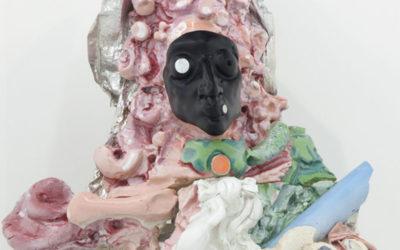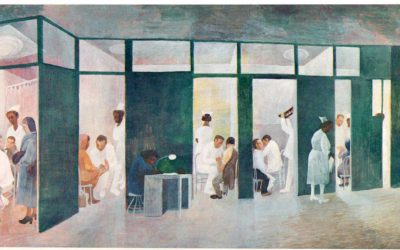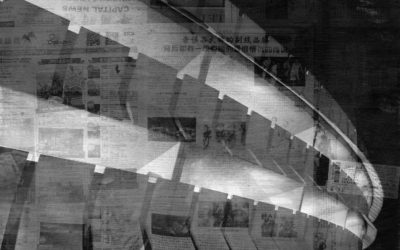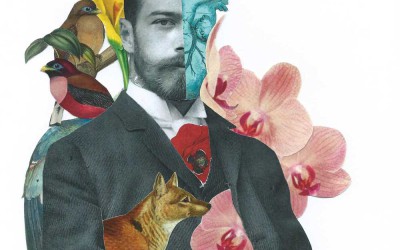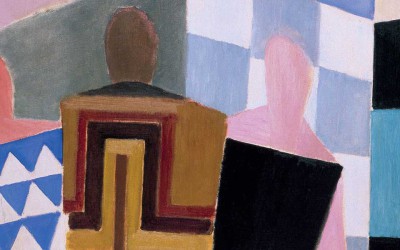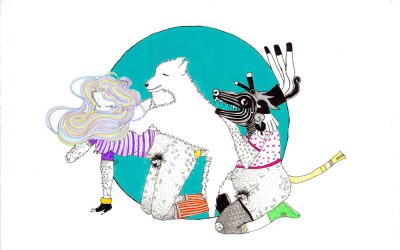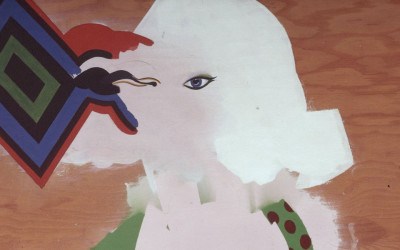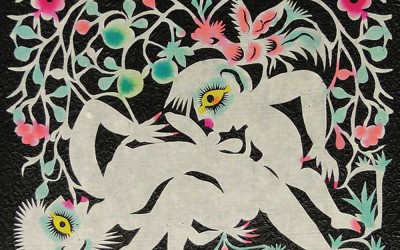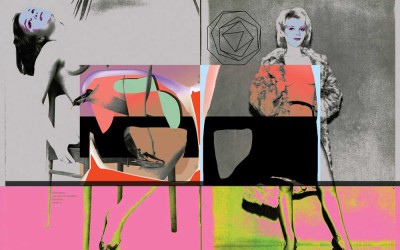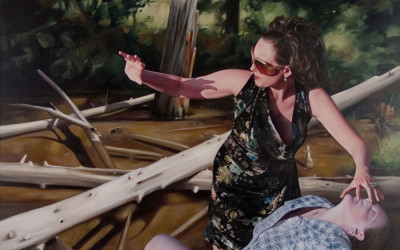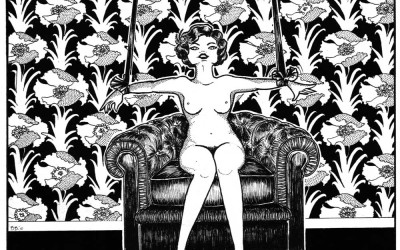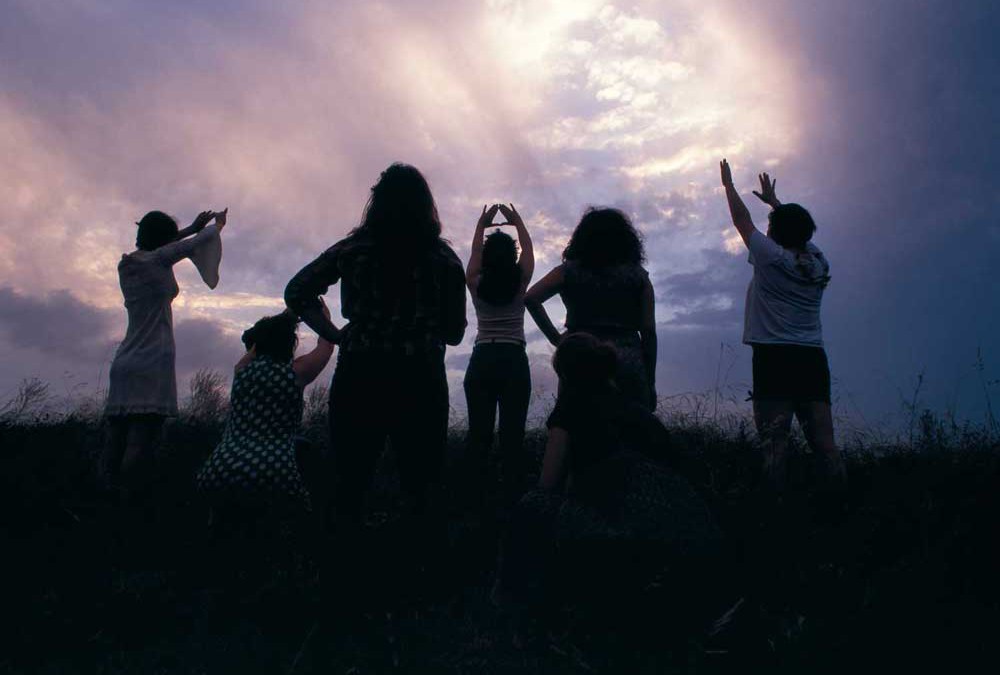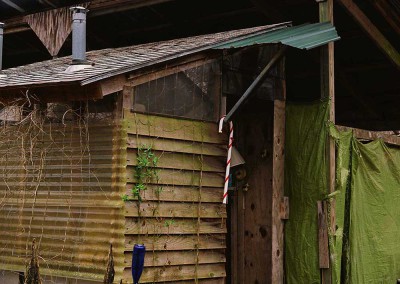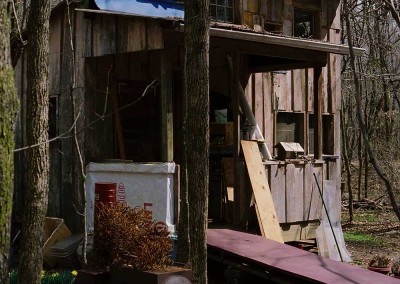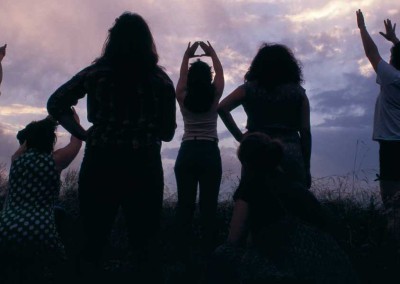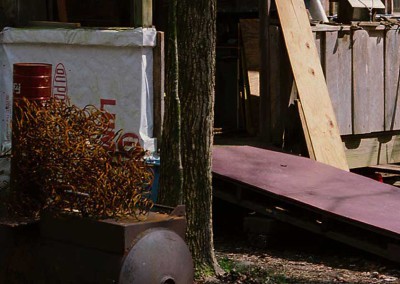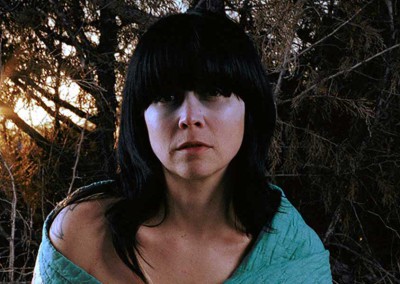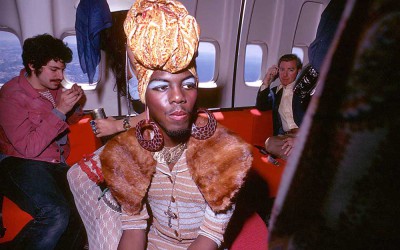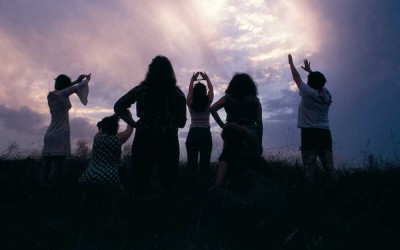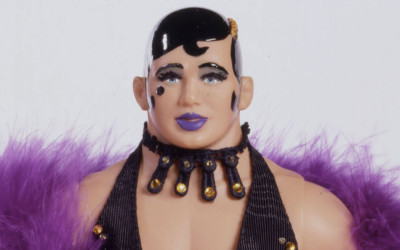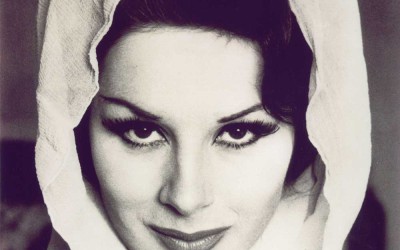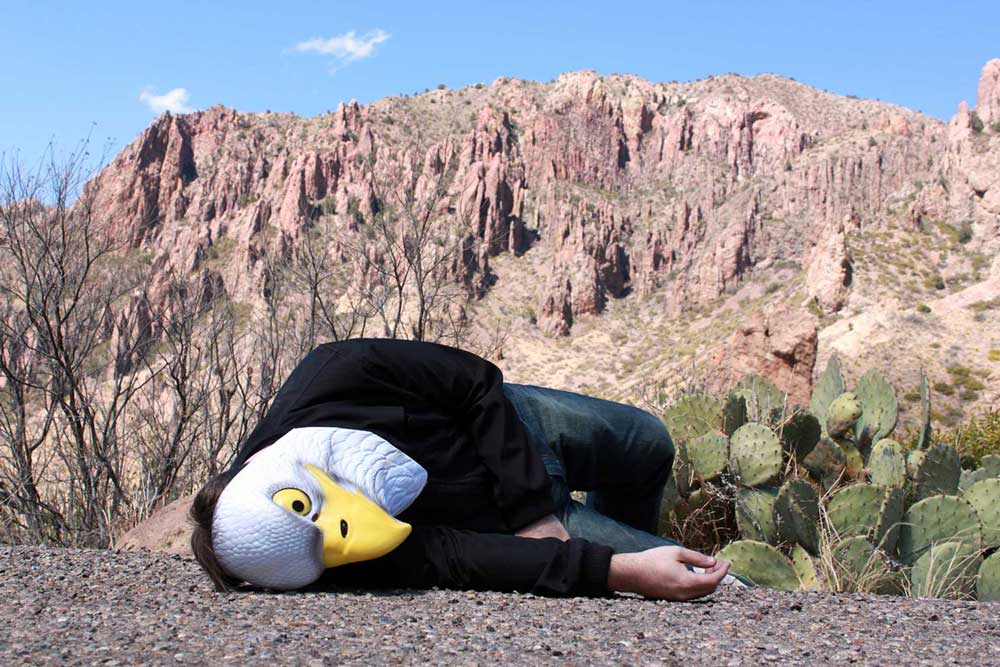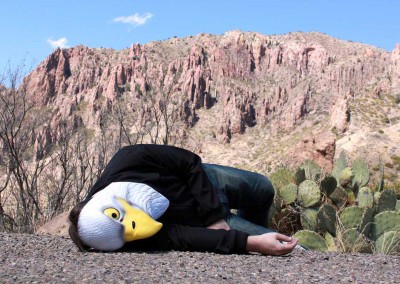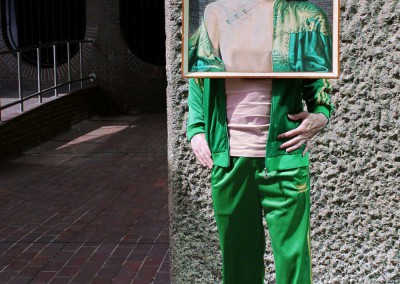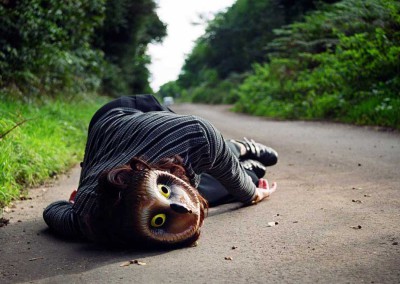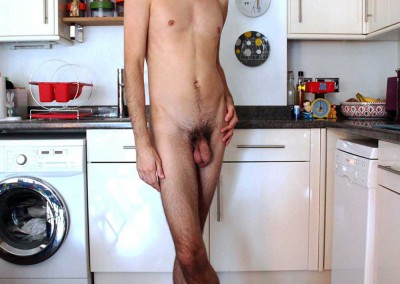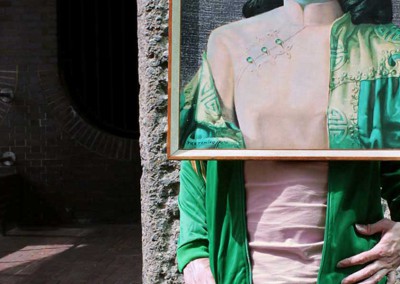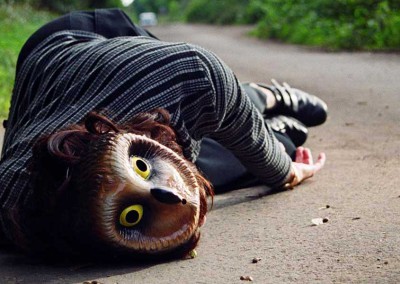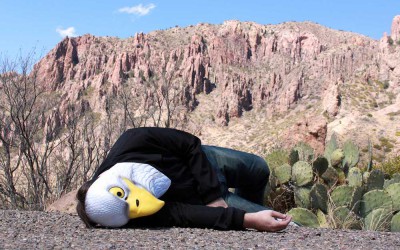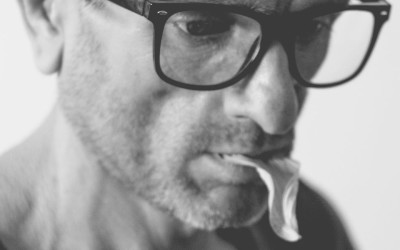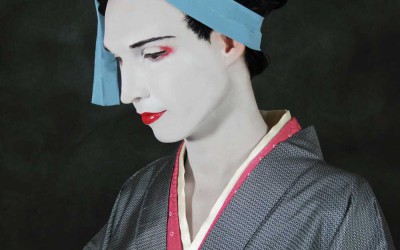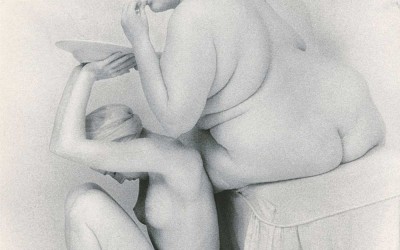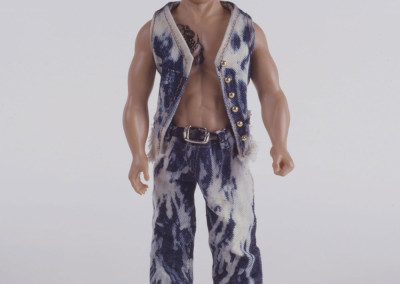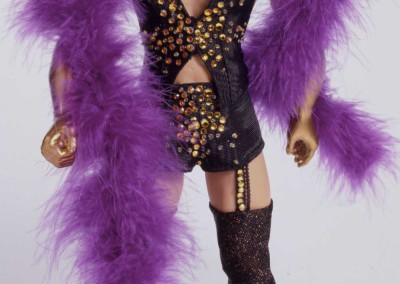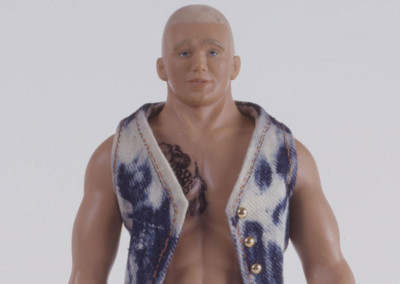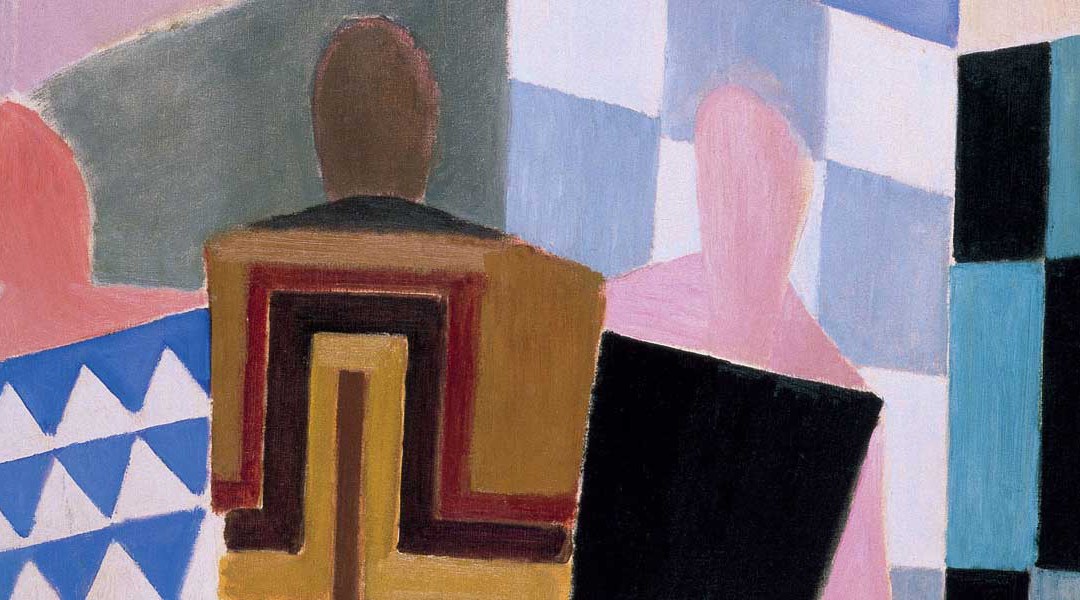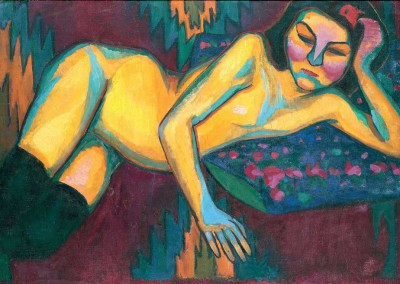From the moment I started at the academy I noticed that sculpting was very demanding on both a physical and a psychological level. This has never diminished. I very much like what I do, but a large percentage of my practice involves…..

George Quaintance
George Quaintance
Text JF. Pierets Photos Courtesy of TASCHEN
George Quaintance was an artist ahead of his time, a man who forged several successful careers, yet never enjoyed mainstream fame. Had he been born a few decades later, we might know him today as a multi-tasking celebrity stylist, as a coach on Dancing with the Stars, or perhaps as the fine artist he aspired to be. But Quaintance, who died in 1957, lived and worked during an era when homosexuality was repressed, when his joyful paintings and physique photos could not depict a penis.
In an era before Stonewall, the sexual revolution, gay rights and the AIDS crisis, Quaintance and his high-camp erotic art existed in a demi-monde of borderline legality. The Master Painter of the Male Physique, was out in an age when out was not only risky, but largely illegal. Raised on a farm in rural Virginia, Quaintance traveled a fascinating path of reinvention: at various points in his life he was a Vaudeville dancer, the favored portraitist of Washington’s smart set, and a celebrity hair designer—though he never actually touched hair. In 1982, The Voice stated, “Quaintance was gifted with so much drive and artistic talent that he had the ability to transcend the puritanical restrictions of the times and leave us something of his daring imagination in his paintings”.
Seventy years since the creation of his first physique painting of a masculine fantasy world, populated by Greek gods, Latin lovers, lusty cowboys and chiseled ranch hands, the work retains its seductive allure. As the preeminent male physique artist of the 1940s and early 1950s, his work for photographer and gay publishing pioneer Bob Mizer’s Physique Pictorial, Demi-Gods and Body Beautiful, inspired a generation of artists like Tom of Finland, Harry Bush, Etienne, and other, lesser stars in their constellation. His highly prized oil paintings—numbering just 55—rarely come to auction; instead they are traded privately among an avid and secretive group of fans—until the TASCHEN gallery in LA showed a tribute.
TASCHEN’s book Quaintance, traces his remarkable life story and reintroduces his colorful, kitschy and culturally resonant paintings. Work that made George Quaintance the most popular and successful physique artist of his time, and one of its most intriguing figures.
Related articles
Nadia Naveau
Bernard Perlin
In One-Man Show, Michael Schreiber chronicles the storied life, illustrious friends and lovers, and astounding adventures of Bernard Perlin through no-holds-barred interviews with the artist, candid excerpts from Perlin’s unpublished…..
Faryda Moumouh
Since I was young I was already drawing, watching, registering details from the things I saw. It was an urge and I had the feeling I was chosen by a visual language, which I pursued. I went to art school when I was 14 and it made me discover…..
Agustin Martinez
“Dancers don’t always know what they are doing”, “Revelations from a sailor from Rotterdam” and “The past is alert and ready” are just a few of the many intriguing titles of the work by collagist Agustin Martinez; a fellow countryman of Pablo Picasso…..
George Quaintance
George Quaintance was an artist ahead of his time, a man who forged several successful careers, yet never enjoyed mainstream fame. Had he been born a few decades later, we might know him today as a multi-tasking celebrity stylist, as a coach…..
Sonia Delaunay
Sonia Delaunay (1885–1979) was a key figure in the Parisian avant-garde, whose vivid and colorful work spanned painting, fashion and design. Tate Modern presents the first UK retrospective to assess the breadth of her vibrant artistic…..
Rurru Mipanochia
Rurru Mipanochia is a 25 year old, Mexican illustrator. Her drawings represent ancient pre-Hispanic sexual deities, transvestites and transseksuals, in order to promote dissident sexualities and to create a visual questioning about beauty…..
Allen Jones
Three women, wearing black leather fetish gear, produced by the same company that supplied Diana Rigg’s costumes in The Avengers. One of them is on all fours and the glass top on her back awaits your drink. The second one wears thigh high…..
Xiyadie
Paper-cuts originated in Eastern Han Dynasty China (AD 25-220) and are hung on windows or doors for good luck. But instead of the usual decorative flowers and birds, Xiyadie, whose pseudonym means ‘Siberian Butterfly’, portrays graphic and…..
AMVK
Anne-Mie Van Kerckhoven is known for creating a diverse body of work in painting, sculpture and installation that has made her among the most important Belgian artists of her generation. She embraces a complex array of subjects, including alchemy,…..
Jennifer Nehrbass
Someone once wrote that she was dismantling the roles and stereotypes of beauty and femininity, examining the psychology that leads women to go to extremes to maintain beauty and style. Needless to say that our brain got tickled so we…..
Betty Black
Betty Black started off as a name, just a made up name. An alter-ego that I created for myself in an attempt to perfect one distinctive style of work, rather than end up with a variety of mediocre crap, after having just coasted through a pointless…..


